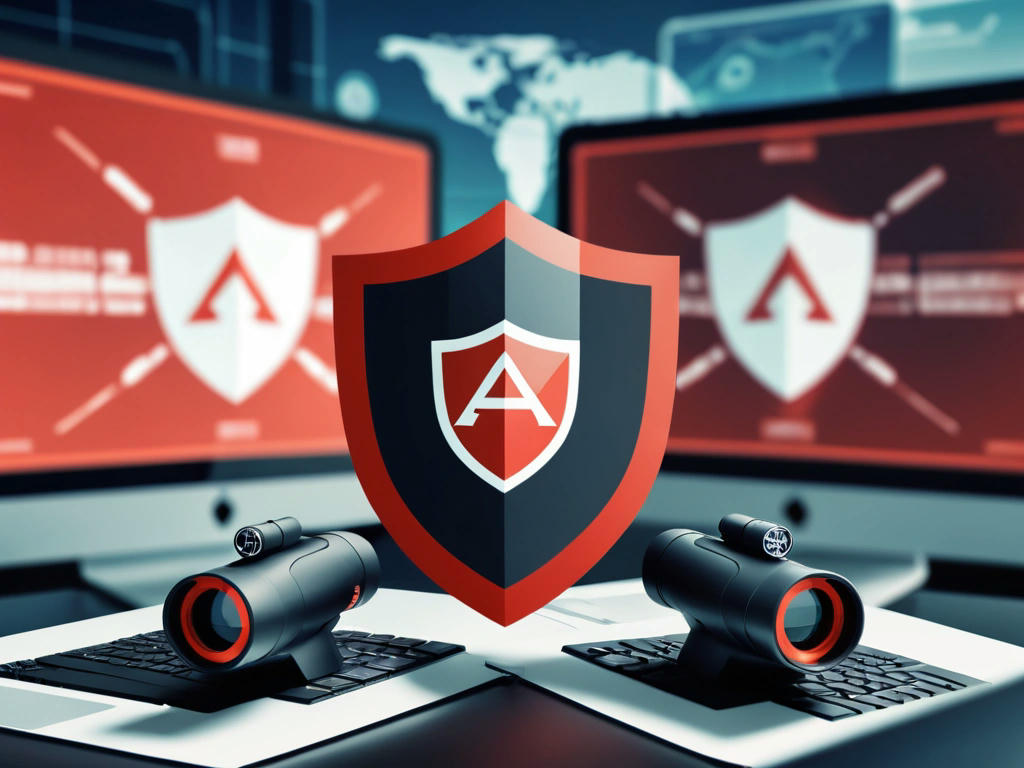In the ever-evolving landscape of cybersecurity, CrowdStrike has emerged as a prominent player, offering a robust endpoint protection platform to safeguard against malware and other threats. However, a growing concern has been simmering beneath the surface: is CrowdStrike an antivirus solution or a tool for employers to spy on their employees?
Let's delve into the heart of the matter. CrowdStrike's primary function is to provide advanced threat detection and prevention, leveraging its proprietary Falcon platform to identify and neutralize malware, ransomware, and other cyber threats in real-time. This is undoubtedly a valuable service, especially for organizations handling sensitive data or operating in a high-risk environment.
However, the line between cybersecurity and employee surveillance can become blurred when employers deploy CrowdStrike's solution. The platform's capabilities extend beyond mere antivirus functions, allowing administrators to monitor user activity, track file access, and even capture screenshots of employee desktops. While these features are designed to enhance security and incident response, they can also be used to keep tabs on employees' online activities, raising concerns about privacy and trust.
The crux of the issue lies in the balance between security and privacy. Employers may argue that monitoring employee activity is necessary to prevent data breaches or intellectual property theft. However, this approach can lead to a culture of mistrust, where employees feel their every move is being watched and judged.
In an era where remote work is becoming the norm, the boundaries between personal and professional life are increasingly blurred. Employees may use company devices for personal activities during breaks or outside of work hours, which could be monitored by CrowdStrike's platform. This raises questions about the employer's right to surveil employees' personal activities and the potential consequences for employee morale and productivity.
To strike a balance between security and privacy, employers must establish clear policies and guidelines for CrowdStrike's use. Transparency is key: employees should be informed about the scope of monitoring, the data being collected, and the measures in place to protect their privacy. Employers must also ensure that the platform is used solely for legitimate security purposes, rather than as a tool for snooping on employees.
In conclusion, CrowdStrike's dual nature as both an antivirus solution and a potential surveillance tool demands careful consideration. While its security features are undeniably valuable, employers must prioritize transparency, trust, and employee privacy to avoid creating a culture of mistrust. By striking a balance between security and privacy, organizations can harness the power of CrowdStrike's platform while respecting the rights and dignity of their employees.


